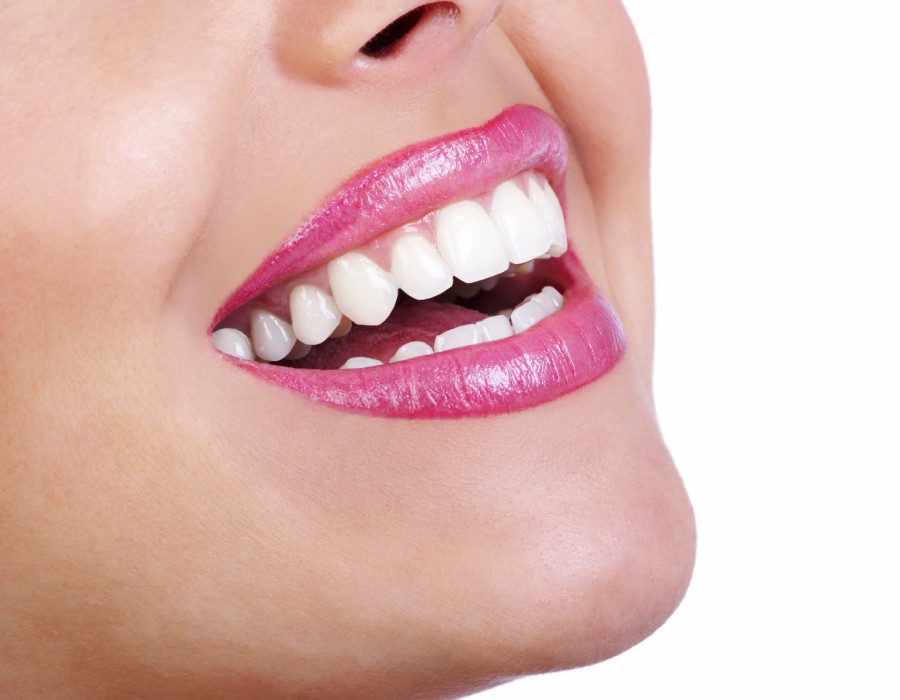Teeth whitening is a popular way to enhance your smile, but for individuals with sensitive gums, the process can be uncomfortable if not approached with care. Sensitivity in the gums requires a more cautious and thoughtful strategy to avoid irritation while still achieving a brighter smile. This guide offers practical and effective tips tailored specifically for those with gum sensitivity, helping you whiten your teeth safely and comfortably. let's delve into Teeth Whitening Dubai.
Understanding Gum Sensitivity:
What Is Gum Sensitivity?
Gum sensitivity refers to a heightened reaction of the gums to external stimuli such as pressure, temperature, or chemicals. This can make typical whitening methods feel harsh or even painful. People with sensitive gums often experience discomfort when brushing or flossing, and whitening can worsen this if not handled properly.
Causes of Gum Sensitivity:
Gum sensitivity may result from several factors, including:
- Brushing too hard or using a hard-bristled toothbrush
- Inflammation due to plaque buildup
- Receding gums exposing sensitive tooth roots
- Previous dental treatments that affected gum tissue
Understanding these causes can help tailor your whitening routine to avoid further irritation.
Choosing the Right Whitening Method:
Gentle Whitening Formulas:
If you have sensitive gums, choose whitening approaches designed for gentle use. The goal is to achieve gradual whitening over time rather than quick, intense changes that may lead to irritation.
Avoiding Harsh Chemicals:
Steer clear of highly concentrated bleaching agents. While they may promise faster results, they can be abrasive on the gums. A lower-intensity approach reduces the chance of inflammation or soreness.
Preparing Your Mouth Before Whitening:
Use a Soft-Bristled Toothbrush:
Switching to a soft-bristled toothbrush can reduce trauma to sensitive gum tissue during your daily oral care routine. Brushing gently also preserves gum health and prevents further recession, making your mouth more tolerant of whitening efforts.
Strengthen Oral Hygiene Habits:
Before starting any whitening process, ensure that your oral hygiene is consistent and effective. Clean teeth and healthy gums will better withstand whitening treatments. Focus on brushing twice daily, flossing once, and using a gentle rinse to keep your mouth fresh and clean.
Application Techniques That Minimize Gum Contact:
Apply Whitening Gel Carefully:
When using a whitening gel, be mindful of how it is applied. Use tools or trays that help keep the gel on your teeth and away from your gums. Excess gel should be wiped away before it spreads onto gum tissue.
Limit Whitening Duration:
Keeping a whitening agent on your teeth for too long increases the chance of gum irritation. Start with shorter application times, gradually increasing them only if you feel no discomfort.
Frequency and Timing of Whitening:
Allow Recovery Time:
Do not whiten your teeth every day. Give your gums time to recover between sessions. Spacing out treatments ensures that your gum tissue is not continually exposed to whitening agents, which could otherwise worsen sensitivity.
Choose the Right Time of Day:
Try whitening your teeth at a time when your mouth is at its calmest—typically in the evening, after your last meal. This reduces interference from eating or brushing afterward and gives your gums time to rest overnight.
Monitor and Adjust Your Whitening Routine:
Pay Attention to Signs of Discomfort:
Always listen to your body. If you notice any gum irritation, soreness, or redness, stop the whitening process immediately and give your mouth a few days to recover before trying again.
Modify Based on Sensitivity Level:
If your gums react negatively to a method, modify the routine. This could mean reducing application time, frequency, or switching to a milder approach. Your comfort should guide how you continue.
Strengthening Gum Health During Whitening:
Stay Hydrated:
Dry mouth can exacerbate gum irritation. Drinking water throughout the day helps maintain saliva flow, which protects gum tissue and reduces discomfort from whitening ingredients.
Focus on Nutrient-Rich Foods:
Eating foods rich in vitamins like C and D supports gum health. A strong foundation of healthy tissue can better resist irritation from mild whitening techniques.
Keeping Teeth Bright Long-Term:
Avoid Staining Foods and Drinks:
Limit consumption of beverages and foods that stain teeth, such as coffee, tea, and colored sauces. This will help preserve your whitening results longer and reduce the need for frequent treatments.
Rinse After Meals:
Rinsing your mouth with water after eating can help wash away pigments before they settle into your enamel. It’s a simple step that supports ongoing brightness without extra effort.
Final Thoughts:
Teeth Whitening in Dubai while managing gum sensitivity requires a thoughtful approach focused on comfort, patience, and gentle methods. By understanding your gum health, carefully selecting how you whiten, and maintaining a routine that avoids irritation, you can still achieve a brighter smile without discomfort. Consistency, care, and monitoring your reactions will help you enjoy the benefits of whitening while keeping your sensitive gums protected.





Comments